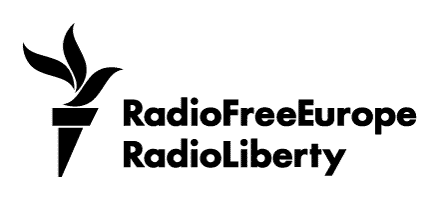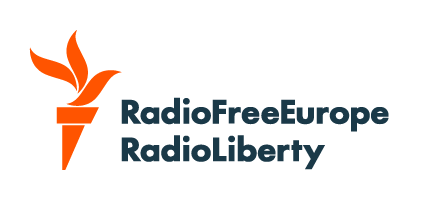Russia launched dozens of drones at Ukrainian targets overnight, the latest in days of aerial barrages that have dampened hopes for a halt to the Ukraine war following last week's Alaska summit.
Ukraine's military said it had downed or intercepted nearly three dozen of the more than 50 drones Russia had fired early on August 23. It was unclear if there were casualties or damage on the ground.
The overall number was smaller than Russian drone and missile attacks earlier in the week. A Russian barrage on August 21 targeted site in western Ukraine -- a relatively uncommon occurrence-- including a US-owned manufacturing factory. The company said several workers were injured in the attack.
Ukrainian emergency officials said on August 23 that firefighters had finally extinguished the blaze at the factory.
Russia, meanwhile, said Ukraine has launched dozens of its drones at Russian targets overnight, claiming that most were intercepted.
Frustration with the lack of progress since the summit between US President Donald Trump and Russian President Vladimir Putin in Alaska were in public view at the White House on August 22, when Trump signaled that the option of hitting Russia with new sanctions was back on the table.
Earlier, Trump had said that a meeting between Putin and Ukrainian President Volodymyr Zelenskyy was a possibility.
But Russian Foreign Minister Sergei Lavrov, who earlier described talks with European leaders as a "road to nowhere," said no meeting was planned.
"Putin is ready to meet with Zelenskyy when the agenda would be ready for a summit," Lavrov told NBC News in an interview broadcast August 22. "And this agenda is not ready at all."
Putin, meanwhile, praised Trump, describing him as "the light at the end of the tunnel" for US-Russian relations.
"Our relationship with the United States is at one of the lowest levels it's been since the end of World War II," Putin said during a visit to Sarov, the historic home to Russia's nuclear weapons program, on August 22. "But with the arrival of President Trump, I think that a light at the end of the tunnel has finally appeared."
Speaking to reporters at the White House, Trump said he wanted to see whether Putin and Zelenskyy would meet before deciding on new sanctions. And he gave a two-week deadline to decide -- a deadline he has frequently threatened and then postponed.
"Then I'm going to make a decision as to what we do and it's going to be a very important decision," he said. "Whether it's massive sanctions, massive tariffs, or both. Or I'll do nothing and say, 'This is your war.'"
Zelenskyy accused Russia of doing everything it could to prevent a face-to-face meeting between him and Putin.
Zelenskyy has repeatedly called for Putin to meet him. Putin, however, considers Zelenskyy an illegitimate leader, citing the lack of new elections.
Martial law prevents Ukraine from holding elections, though Ukrainian officials have signaled an openness to it.
"The meeting is one of the components of how to end the war," Zelenskyy said at a Kyiv news conference with NATO Secretary-General Mark Rutte on August 22. "And since they don't want to end it, they will look for space to (avoid it)."
The possibility of US-backed security guarantees for Ukraine was also floated during the Alaska summit, and European leaders have rushed to try and hammer out what those would look like.
Zelenskyy said he and Rutte discussed the issue, saying the guarantees should be similar to NATO's Article 5, which considers an attack on one member of the alliance an attack against all.
"Robust security guarantees will be essential, and this is what we are now working on to define," he said.











